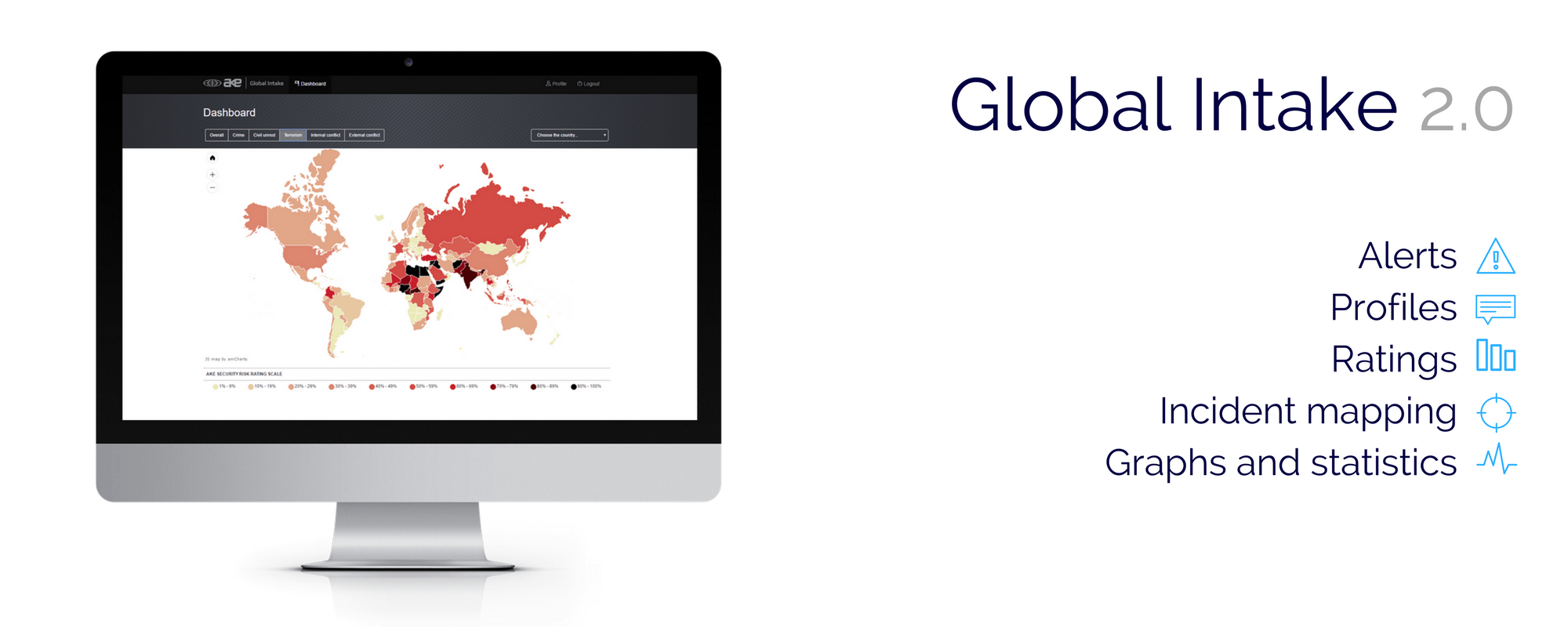Date first published: 07/04/2022
Key sectors: all
Key risks: political violence; business disruption; supply-chain risks; war on land
Risk development
On 25 March the Tigray People’s Liberation Front (TPLF), a political party-turned rebel group, agreed to the federal government’s ‘cessation of hostilities’ to allow humanitarian aid into northern Tigray region, a day after Prime Minister Abiy Ahmed’s government announced a unilateral truce with immediate effect. The federal government called on the Tigray Defence Forces (TDF) – the armed wing of the TPLF – to desist from all acts of aggression and for Tigrayan forces to withdraw from their occupied areas in neighbouring regions.
Why it matters
The ceasefire could indicate a key turning point in the 17-month conflict, paving the road for negotiations between the government and TPLF. The resumption of aid into Tigray – which the government has been accused of intentionally blocking to weaken the northern region – could substantially improve the humanitarian situation where an estimated 40 per cent of the population in Tigray has suffered from an extreme lack of food. However, the truce will likely remain fragile amid heightened mistrust and suspicion between the warring parties. Compliance by security forces, including Amhara and Afar militias who have backed the federal government, will be pivotal to building trust and engaging in a potential peace process. Therefore, the truce could lead to an eventual durable ceasefire but a complete cessation of violence and resolution to the conflict remains unlikely in the short term.
Background
Prime Minister Ahmed’s truce comes amid accusations by the UN that the government imposed a de facto blockade that has prevented humanitarian trucks from entering the region since mid-December 2021. Despite international criticism, diplomatic efforts to resolve the conflict have thus far proven uneventful. Therefore, the federal government’s truce has been welcomed with cautious optimism. Militarily, the government’s drone-supported military offensive significantly contributed to the Ethiopian National Defence Forces territorial gains in recent months. In January, the Parliament announced plans to lift the national state of emergency, citing a change in security conditions which referred to the TDF’s retreat from neighbouring Afar and Amhara regions to Tigray region.
Even though the government is, from a security standpoint, at an advantage, the dire economic situation nationwide also likely prompted the government to seek to resolve the conflict and avoid a purely military strategy that is more costly in the long-term. The civil war has massively reduced economic growth, led to heightened inflation of 35 per cent and Addis Ababa has seen a decline in international development assistance amid the country’s already difficult debt position before the conflict. The conflict in Tigray – a largely agricultural area – has led to the devastation of would-be harvests, which coupled with Russia’s invasion of Ukraine, has contributed to rising food prices.
Risk outlook
Addis Ababa could reignite growth prospects although recovery will likely be dependent on donor countries and private investment. The truce could encourage re-engagement with donors as the government seeks to depict itself in a more optimistic light. The agreement would provide for the resumption of critical humanitarian aid and could serve as the first critical building block for a peace process. However, there is a high risk that the agreement could be violated by either party, leading to a resumption of fighting. In the medium term, thorny issues such as Tigray’s territorial dispute with Amhara region would pose challenges to a potential lasting peace agreement.



